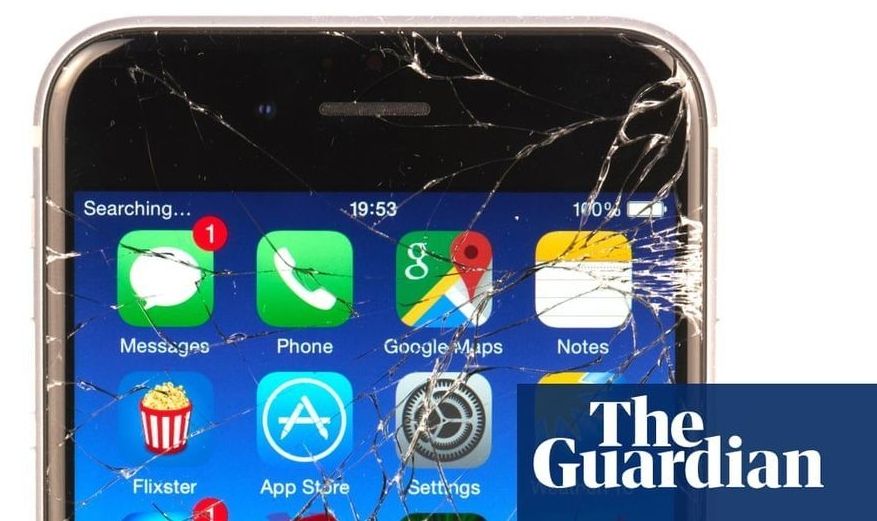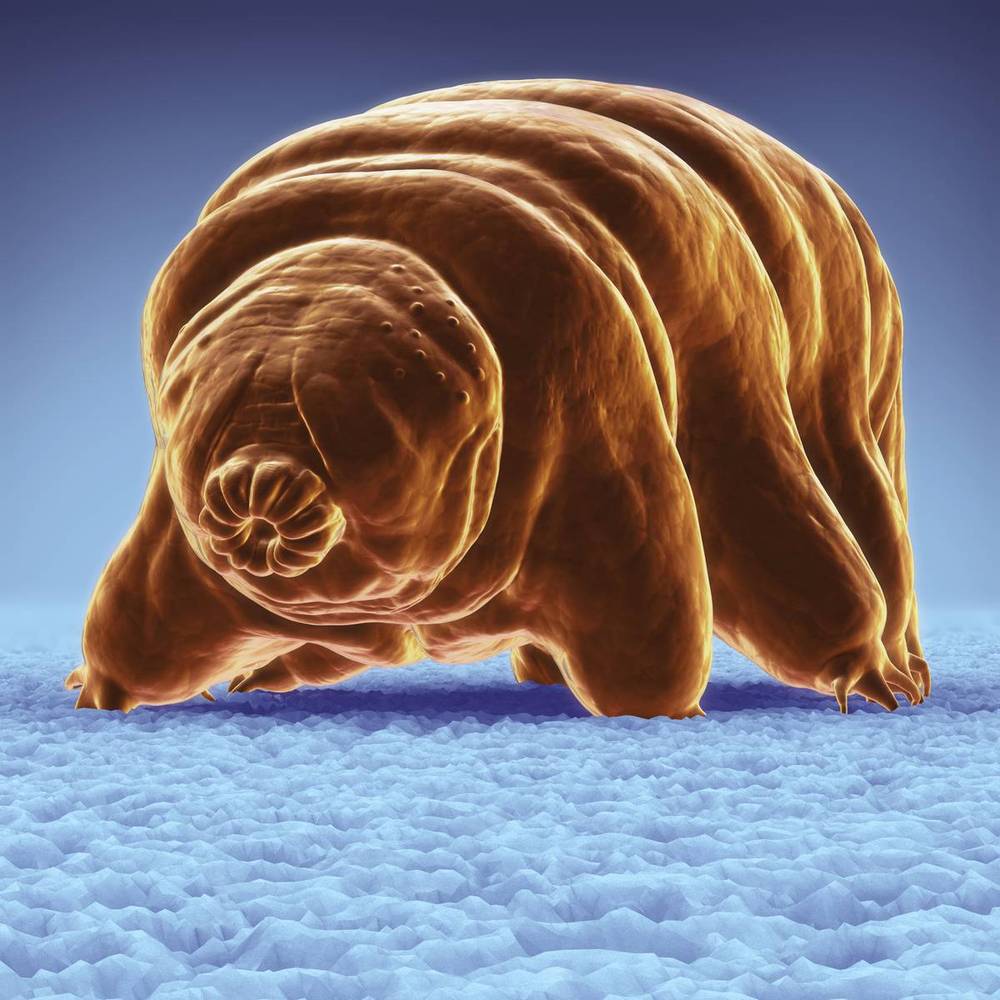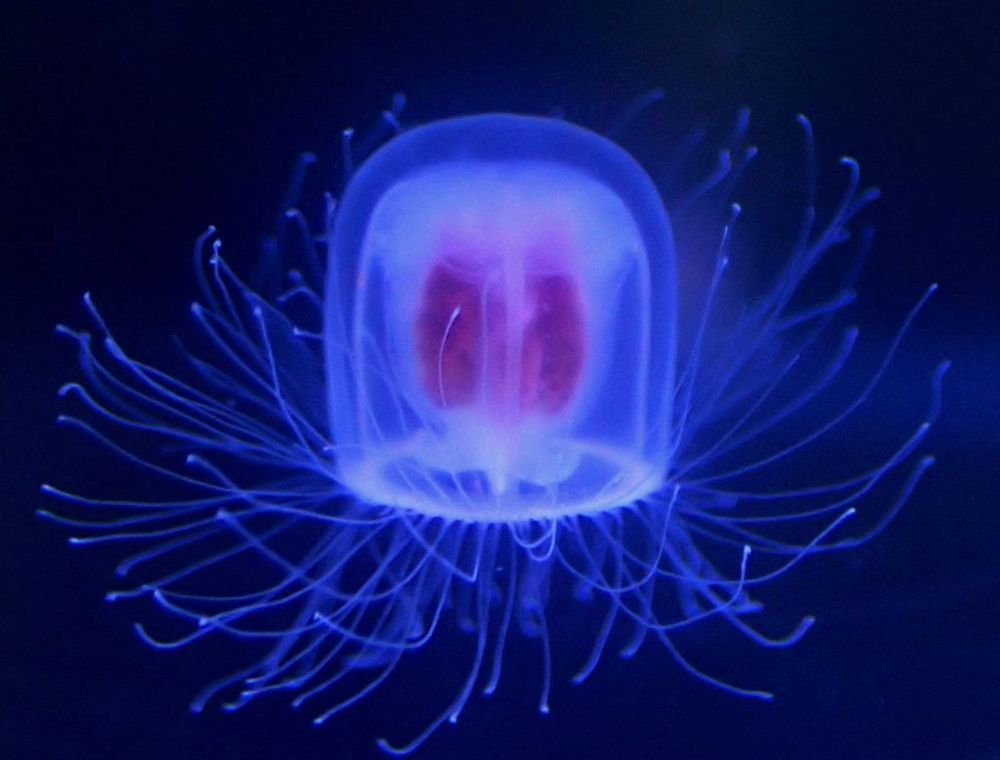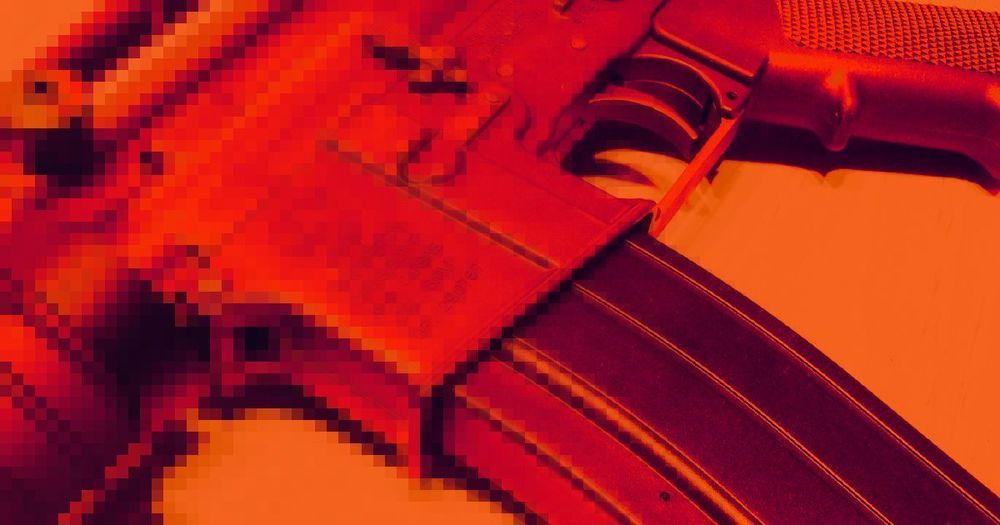Circa 2012
In Colombia, the fossil of a gargantuan snake has stunned scientists, forcing them to rethink the nature of prehistoric life.




They’re little battlers, the greatest survivors on the planet and you may have them in your garden, writes Lana Hart.
They’ve been boiled, frozen, put in vacuums, starved, and exposed to unbearable pressures and radiation — but scientists can’t kill this creature.
They are the only animal to have survived all five of earth’s mass extinctions. This incredible feat is due to their development of unique survival mechanisms not seen in other parts of the animal kingdom.

Engineers at the University of California San Diego used a technique called spark-plasma sintering to create the new metallic glass.
They did this by placing powdered iron into a graphite mold and then raising the pressure it is under to 1,000 atmospheres.
They then zapped the powder with an electric current, heating it to 1166°F (630°C), causing it to bind together without ever becoming liquid.


Circa 2008
“Truth uncompromisingly told will always have its ragged edges.” Herman Melville.
Call me Ishmael for making conjectures unflattering to humankind, but could Moby Dick have been smarter than captain Ahab? Melville certainly seemed to think so. Moby clipped off one of the captain’s legs and then, years later, in a brilliant move of cetacean jujitsu, drowned poor Ahab by towing him into the abyss by the harpoon rope tangled around Ahab’s remaining leg. “From Hell’s heart I stab at thee!” Gulp. We humans pride ourselves on our big brains. We never seem to tire of bragging about how our supreme intelligence empowers us to lord over all other animals on the planet. Yet the biological facts don’t quite square with Homo sapiens’ arrogance. The fact is, people do not have the largest brains on the planet, either in absolute size or in proportion to body size. Whales, not people, have the biggest brains of any animal on earth.

